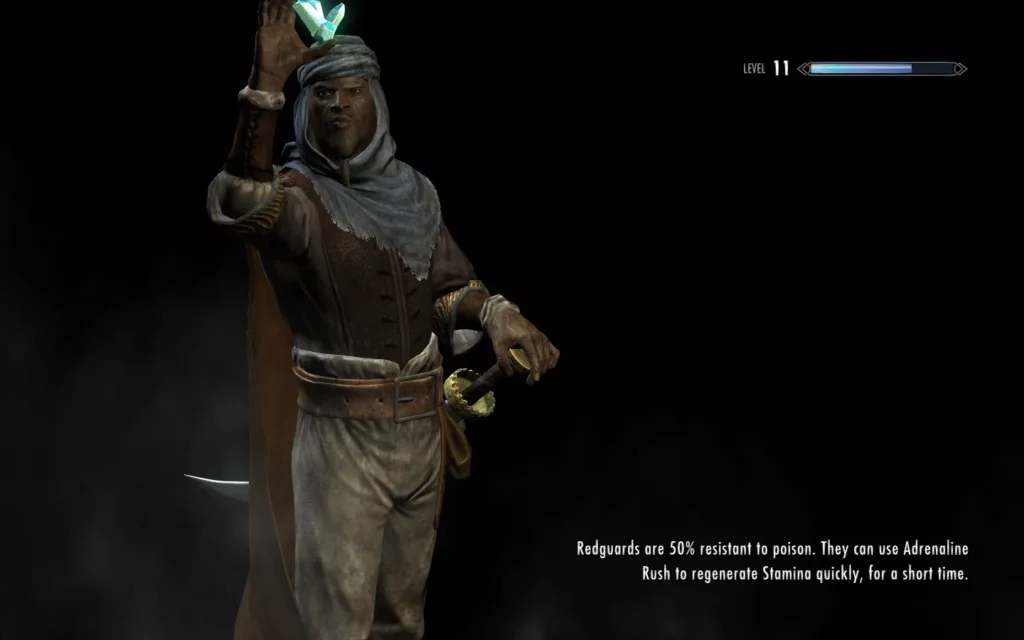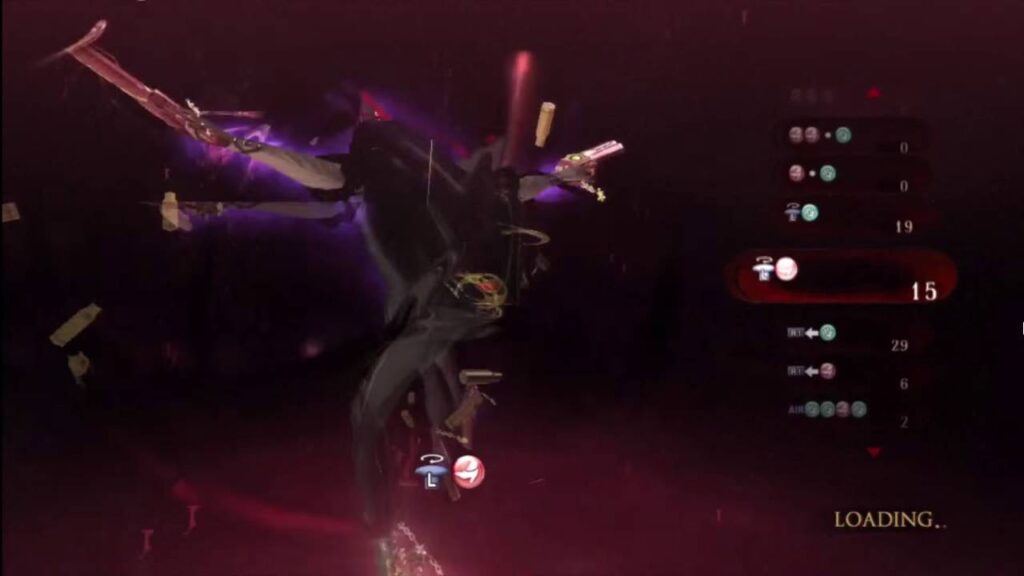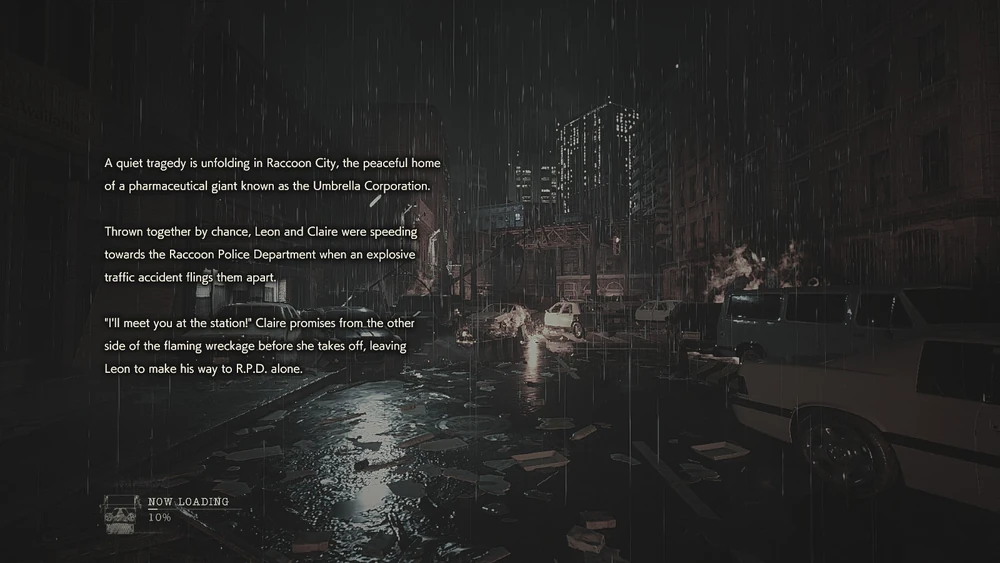Loading screens. For years, they’ve been treated as gaming’s necessary evil, dead time between the fun. But in their own way, they’ve always been more than just a progress bar. They’ve taught us, entertained us, and even terrified us. Now, as SSDs and lightning-fast storage make them vanish, maybe it’s time we admit: we’re going to miss loading screens more than we thought.
From function to feature
In the early days of 3D gaming, loading screens were unavoidable. Discs and cartridges could only read so fast, and the bigger worlds got, the more time players spent staring at spinning logos, static images, or, in some cases, just a black screen. Anyone who played Final Fantasy VII remembers those chunky load times between pre-rendered backgrounds, or the way PlayStation RPGs seemed to creak under the weight of their own ambition.
But developers soon realised this “dead time” didn’t have to be wasted time. Instead of asking players to wait in silence, why not use that gap to add flavour or even sneak in extra mechanics? Suddenly, loading screens weren’t just technical necessities; they became design opportunities. From trivia and artwork to interactive tutorials, the loading screen started carving out its own space in gaming history.
Here are just a few ways in which game developers got creative with them…
The teachers of gaming
Loading screens became some of the best teachers players ever had. How many times did you learn a new move from a simple one-line hint you’d previously ignored? Skyrim would slip in reminders about combat mechanics you’d forgotten, or drop lore tidbits that fleshed out the world of Tamriel. It wasn’t just filler; it made the downtime feel connected to the universe you were exploring.
Civilization went even further, pairing its wait times with historical quotes. As you built your empire, you absorbed wisdom from real figures like Einstein or Sun Tzu, blurring the line between gameplay and education. Even the most basic tips, “Press X to crouch”, kept players from fumbling with controls mid-fight. Loading screens provided developers with a second chance to convey guidance without disrupting immersion.
And sometimes, they were the only way to find secrets. Fighting games like Tekken or Mortal Kombat often buried advanced move lists in their loading tips, rewarding patient players who actually paid attention.

When loading became play
Some studios took things to the next level: if you had to wait, why not make it fun? Bayonetta famously turned her loading screens into training arenas, letting you practice combos in an endless void until the stage was ready. That mechanic was so popular that fans were disappointed when later patches sped up loading times and cut their practice short.
Assassin’s Creed approached it differently, dropping players into the Animus’ liminal space where you could run, jump, and experiment with parkour moves. It didn’t just pass the time; it reinforced the game’s core mechanics, letting players internalise movement while waiting for the world to render.
These moments proved that even the most mundane parts of gaming could be transformed into play. It was a clever design, keeping you engaged rather than reminding you that your console was struggling under the weight of its own ambition.

Atmosphere in the wait
Not all loading screens were about tips or practice; some were pure atmosphere. The Resident Evil series turned waiting into dread with its iconic slow door-opening animations. You weren’t just moving to the next room; you were bracing yourself for whatever horror might be lurking on the other side. That suspense was the loading screen, and it became one of the series’ most recognisable design choices.
Meanwhile, Metal Gear Solid leaned into style. Codec conversations blurred the line between narrative and loading, making the technical limitation feel like a deliberate part of the experience. Games like Silent Hill used static and distortion to heighten unease, while Shadow of the Colossus gave you haunting still frames that matched the game’s lonely tone.
Far from being dead space, loading screens became emotional tools, building tension, setting mood, or giving players a breather before throwing them back into the chaos.
The decline of the load
Fast-forward to today, and the rise of SSDs and next-gen hardware has all but killed the traditional loading screen. Spider-Man 2 on PS5 can zip you across New York in seconds, while Starfield seamlessly whisks you between planets with barely a stutter. It’s technically impressive, a genuine leap forward for immersion and pacing.
But something’s been lost in the process. Without loading screens, we lose those little lore blurbs that deepened worlds. We lose the quirky training spaces that gave downtime purpose. We lose those moments of tension, like a slow door creak or a flicker of static, that made us lean forward in our seats.
Games are faster, smoother, and more seamless than ever, but maybe they’re also a little less weird, a little less charming. The loading screen wasn’t just a limitation. It was an art form. And in our rush to erase it, we might find ourselves nostalgic for the days when a game made us wait.

Why we’ll miss them
Loading screens may have started as a technical limitation, but they became part of gaming’s language. They gave us space to breathe between missions, taught us tricks we’d otherwise miss, and, occasionally, became just as memorable as the levels they led to.
So here’s to the loading screen. May we remember it not as wasted time, but as one of gaming’s quiet little art forms.
For more opinion pieces like this one, just click here.